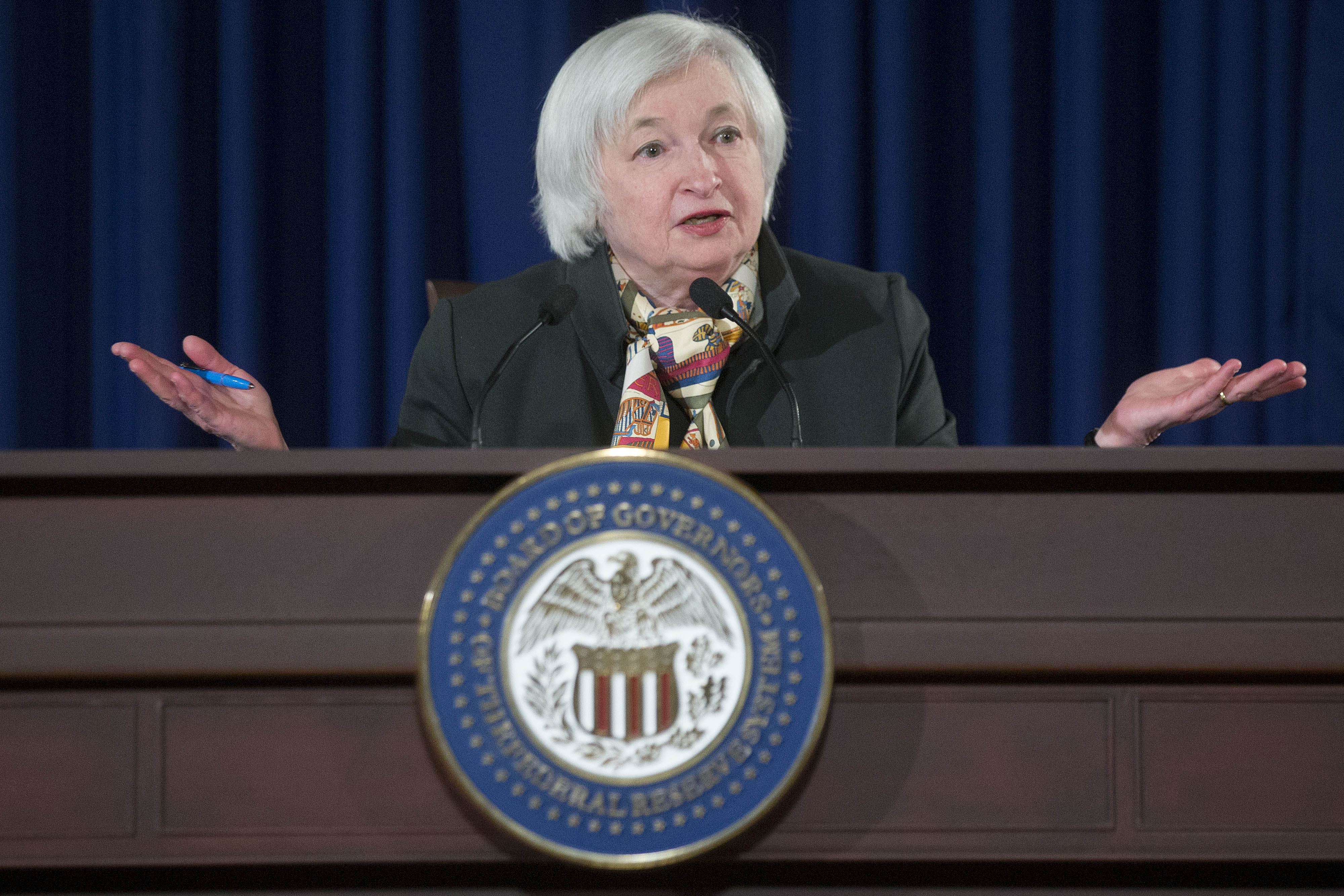Spread trading is the most commonly used high frequency trading (HFT) strategy, used by almost all liquid markets worldwide. We employ spread trading across multiple global venues and multiple asset classes, and we are now going to share our experience with you.
What is a spread?
A spread is a position that consists of two or more different components, called 'legs'.
In its simplest form, a spread is a position consisting of two different options. Some spreads can be very complex, consisting of hundreds of different series. Spreads may also include the underlying asset (a stock position and an option on that stock, for example). There are seemingly endless ways that option spreads can be created.
But the primary motivation of a spread is to reduce risk.
This is done by shaping position risk into something altogether new that is, in one way or another, more advantageous than the sum of its parts.
Intraclass and interclass
Spreads can be either intraclass or interclass.
An intraclass spread is a spread consisting of legs that are listed on the same underlying asset. For example, a trader may buy a Reliance Industries November 1000 call and, at the same time, sell a Reliance Industries November 1100 call. Intraclass spreads are the most common exchange-traded spreads, especially among retail traders.
An interclass spread is a spread consisting of components listed on two or more different underlying assets. A common example is stock. Stock spread traders will buy or sell the spot or future of the same stock, while at the same time taking an offsetting position in futures (Cash – Cash / Cash – Future / Future – Future ).
Interclass spreading is more common among professional traders and institutions.
Skillful traders who consider all the pricing exposures of an option position gain an advantage—that is, an edge—over those who don’t.
Use of spread trading
Having a mastery of spreads is essential for both Market Makers and market takers.
Spreads give traders a choice of both how to trade (in terms of flexibility) and what to trade (in terms of asset class). The market exposure of a spread is different from that of its individual components. Furthermore, each spread is unique in its risk structure.
Positions that have similar but not identical exposure can be created by crafting spreads consisting of different components.
For example, a bullish trader can buy a call, buy a call spread, sell a put, sell a put spread, trade a ratio spread (calls or puts), sell a covered call, buy a directional butterfly, buy a directional time spread, or pursue a host of other strategies.
There are a large number of spread choices for traders who have a given forecast on an underlying asset. Traders have a choice among different spread strategies, as well as many choices as to which month(s) to trade and which strike(s) to trade within each spread type.
Analysing which spread is the best fit for you.
For any given market condition, the structure of one spread has a superior risk-reward to that of others. Clever traders use strategy selection to their advantage by selecting the alternative that provides the lowest risk of loss and highest profit potential, while factoring in the odds of success.
For example:
- If a trader expects the underlying asset to rise to a specific price point over the next few weeks, the trader would rather buy a one-month call spread with the short (sold) strike coinciding with resistance. Set up like this, the spread would offer an advantage over other strategies such as an outright call.
- If a trader is only tepidly bullish and believes that implied Volatility is high, she’d likely opt to sell a short-term, out-of-the-money put spread, giving up some potential delta appreciation, as a result of negative gamma, in favor of gaining short implied volatility exposure while maximizing the chance of success.
- If a speculative trader thinks a stock will rise sharply in a short time period, simply buying a short-term, out-of-the-money call can be the best play of choice.
This is one way in which non-market-maker traders can gain an edge. All option trades have some degree of exposure to direction, time, underlying volatility, implied volatility, and perhaps interest.
Skillful traders strive to exploit all these option-pricing factors on each and every trade. Traders should select from at least three different spread trade setups to select the one that best matches his or her outlook in terms of each of the relevant pricing factors.
Skillful traders who consider all the pricing exposures of an option position gain an advantage—that is, an edge—over those who don’t.
Most commonly, the order types used with spread trading are either IOC or bidding based.
Clever traders use strategy selection to their advantage by selecting the alternative that provides the lowest risk of loss and highest profit potential, while factoring in the odds of success.
Strategies for high frequency spread trading with options
Option spreads make it possible for traders to trade an asset class that they otherwise wouldn’t be capable of trading. Each option trade can ultimately be distilled down to two exposures: direction and volatility.
Direction risk is measured in terms of delta.
Volatility exposure can be broken down into two categories- realized volatility risk (measured by the risk pair of gamma and theta) and implied volatility (measured by vega).
Linear trading vehicles, such as stocks, ETFs, or futures, don’t have a volatility component to their value. The exposure of linear vehicles is measured entirely by delta. Specifically, their delta is 1.00 per unit (100 shares for stocks, generally one contract for futures, etc.). They have no gamma, theta, or vega. Gamma, theta, and vega are purely option-centric risks.
Option traders always have volatility exposure—whether it is their intent or not. That is to say, each option position will have a realized volatility bias and an implied volatility bias.
Positions that have bullish realized volatility have positive (long) gamma and negative theta. Those that have bearish realized volatility have negative (short) gamma and positive theta. Likewise, trades that have bullish implied volatility have positive (long) vega. And those that have bearish implied volatility have negative (short) vega.
Traders can actively take positions in both realized and implied volatility. This makes volatility, in and of itself, a veritable asset class. While all traders may be able to benefit from volatility, option traders—and only option traders—can actually trade volatility.
Market making using high frequency spread trading
Spreading also provides a framework for market makers to price options. All options listed on the same underlying asset have an inherent correlation. This correlation is the result of the interchangeability of similar contracts
In some ways, the interrelationship of option values makes option trading easier than trading linear assets. Although options are arguably more complex in nature than, say, a stock or a future, the valuation of spreads provides a framework for trading. When the value of one option is known, it can be used as a 'lean' to price other options.
Traders can trade spreads at favorable prices by 'leaning on' one leg of the spread, opportunistically lying in wait for the other leg’s price to change and cause the spread price to get out of line. When it does, the trader can execute the spread in its entirety for either an arbitrage profit or at least for a favorable trade price.
Read here the second part.














